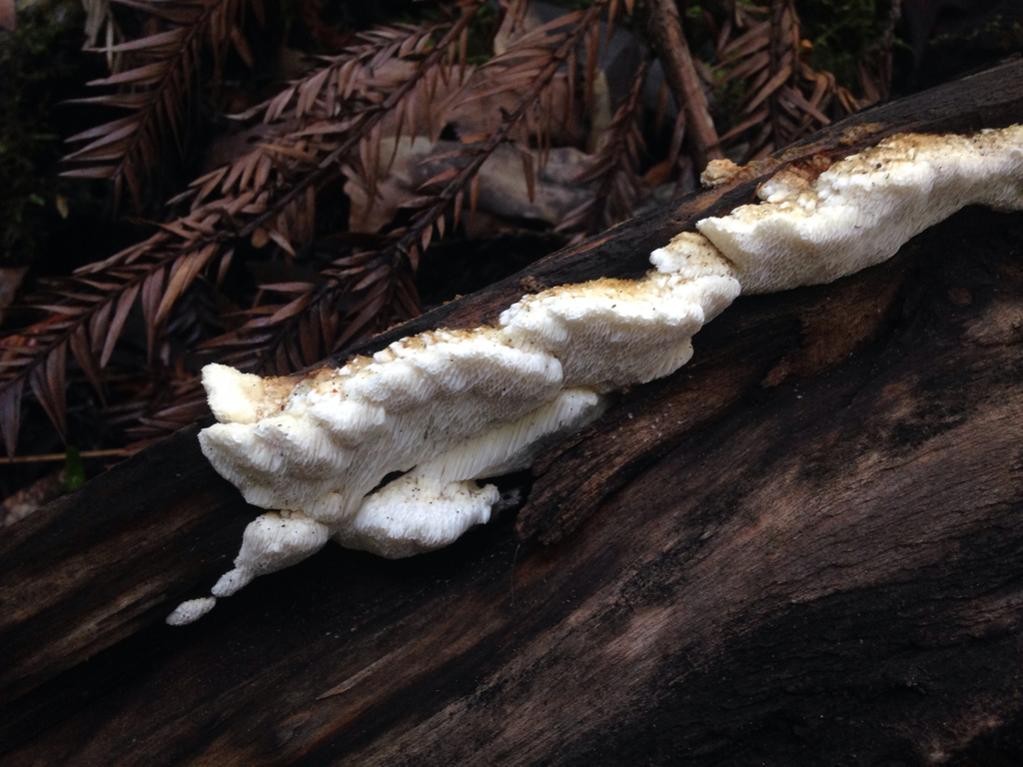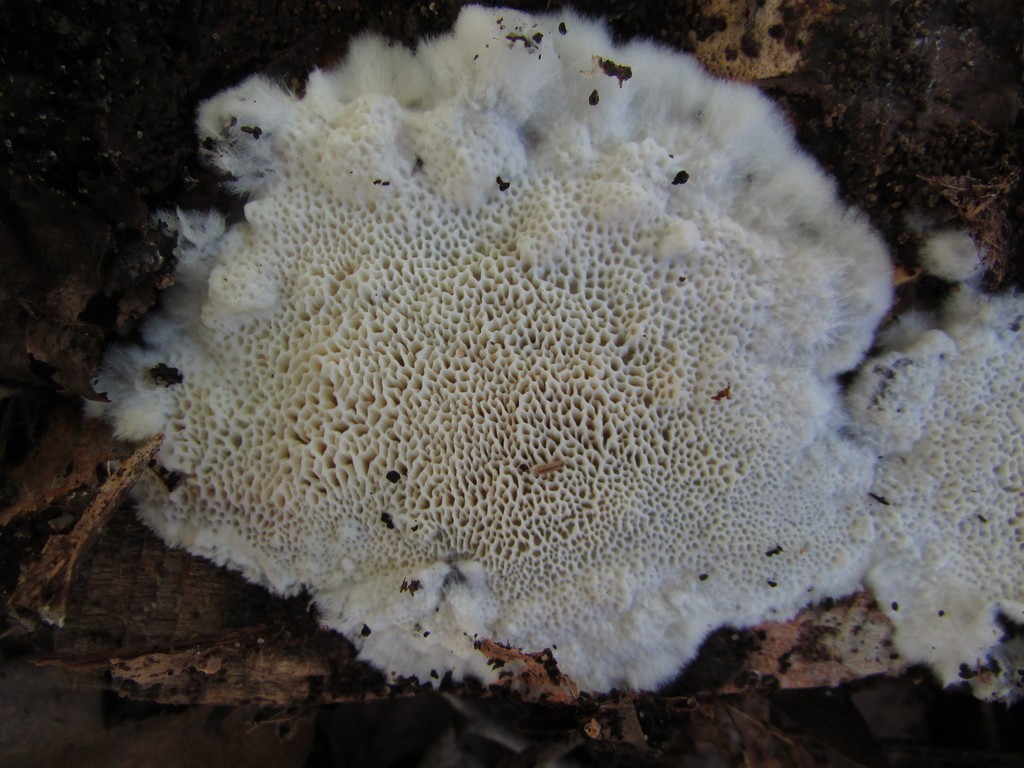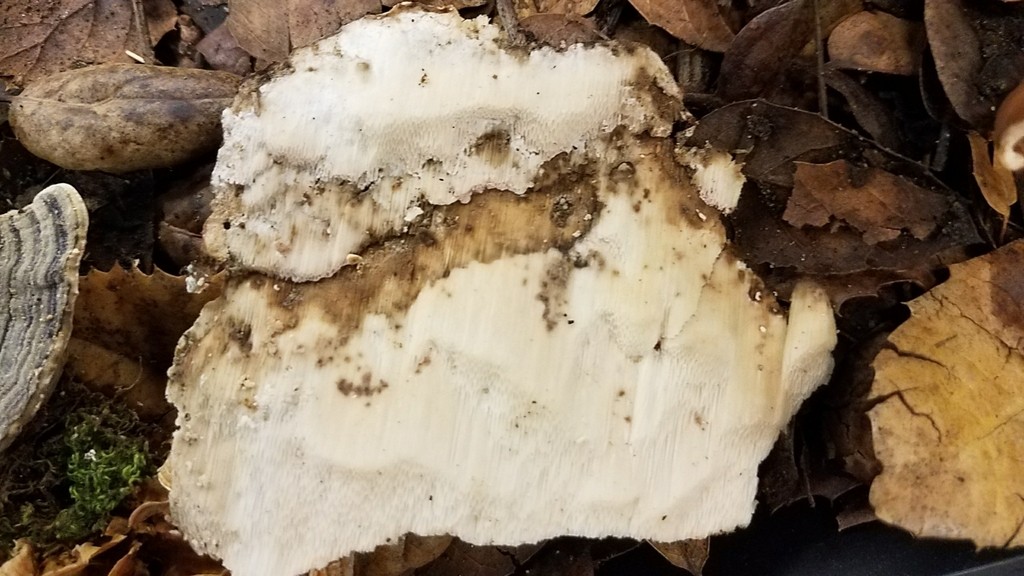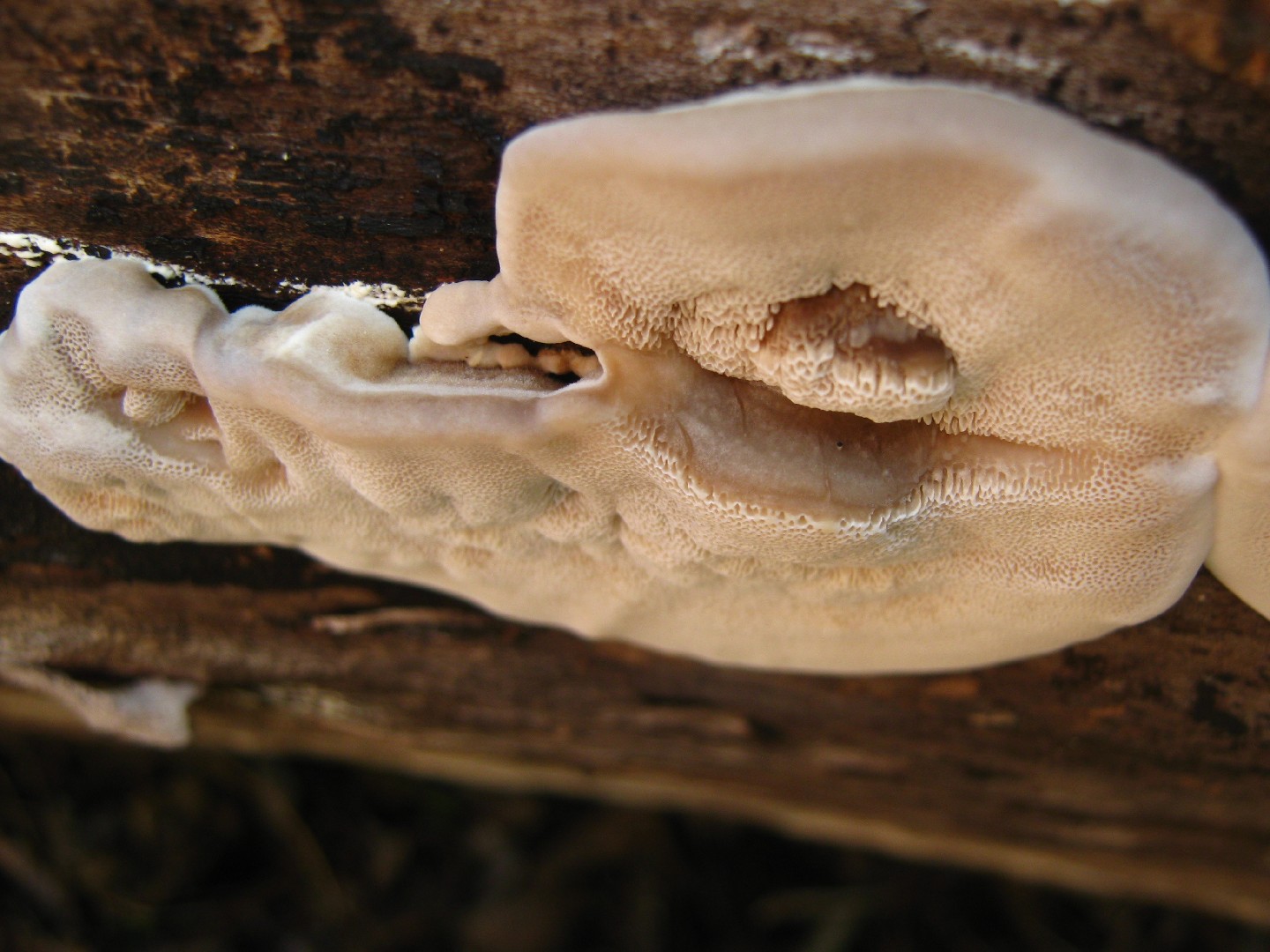Antrodia
Scientific name: Antrodia
Antrodia
Scientific name: Antrodia
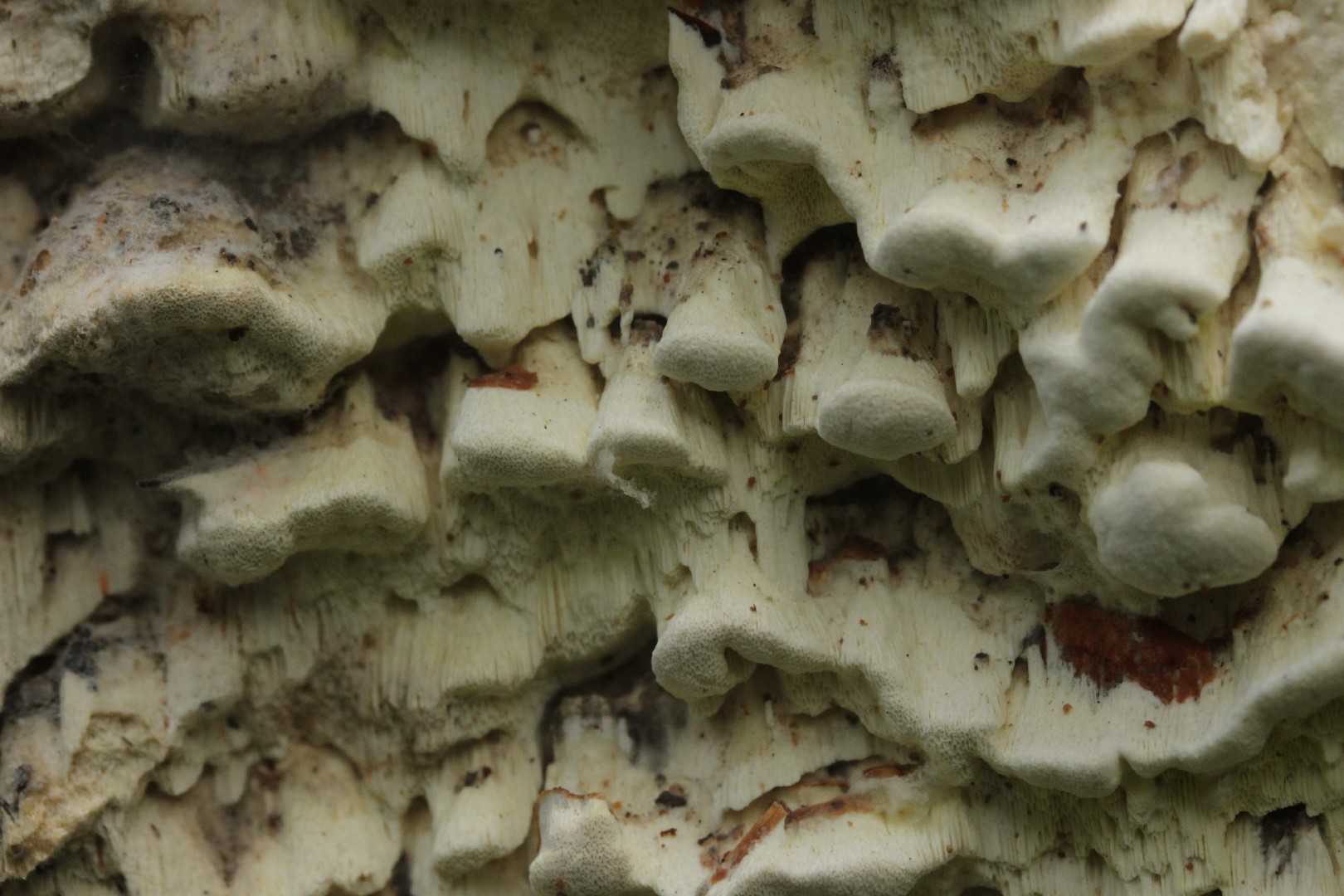 Photo By Björn S... , used under CC-BY-SA-2.0 /Cropped and compressed from original
Photo By Björn S... , used under CC-BY-SA-2.0 /Cropped and compressed from original Description
Antrodia are a group of wood-decaying organisms known for their ability to break down tough plant materials. They typically form large, flat, and often colorful fruiting bodies on tree trunks and branches. Some species can produce enzymes that degrade lignin, a complex substance in wood, making them important in forest ecosystems for nutrient recycling. Unique to some members of antrodia, vibrant yellow or reddish hues can make their presence in nature strikingly noticeable.
Species of Antrodia
Care Guide for Antrodia
Scientific Classification
Phylum
Club fungi Class
Mushroom-forming fungi Order
Shelf fungi Family
Bracket polypores Genus
Antrodia 